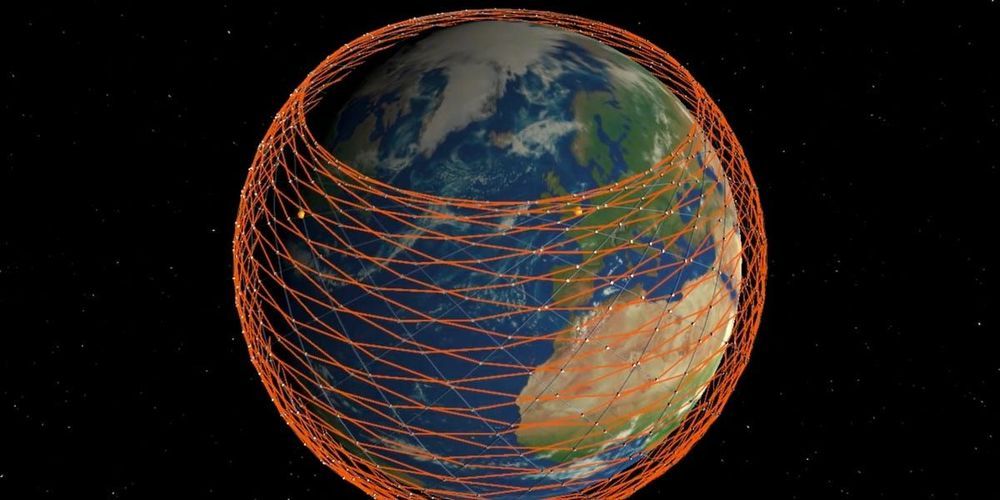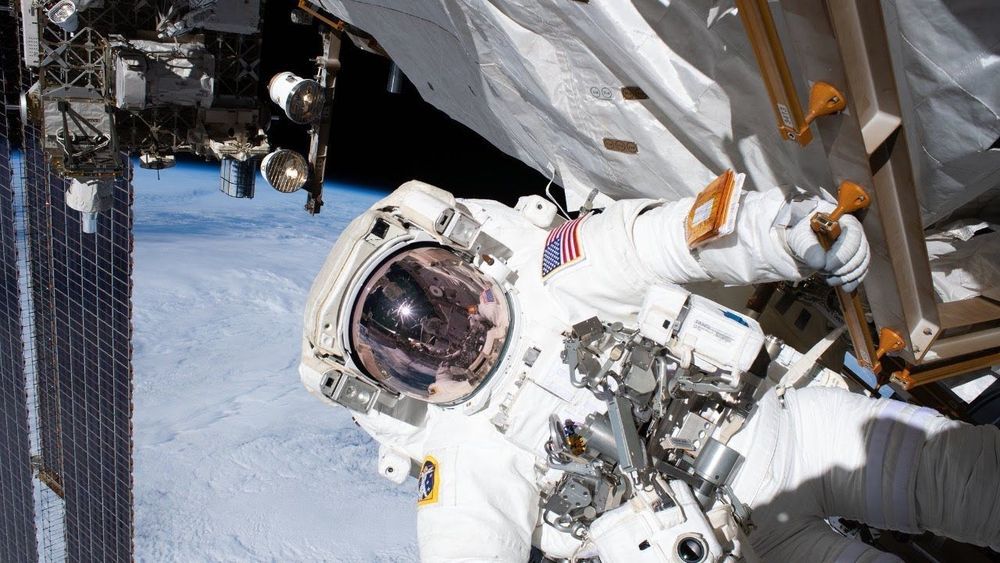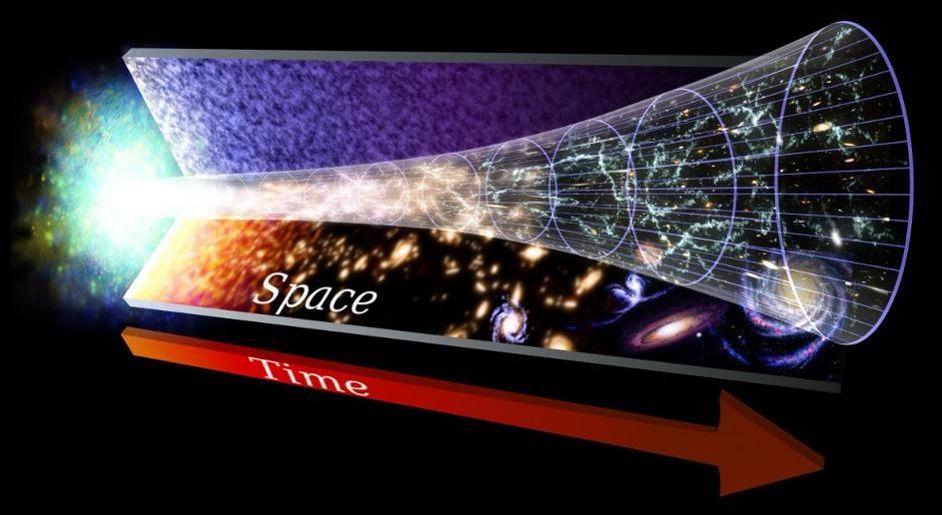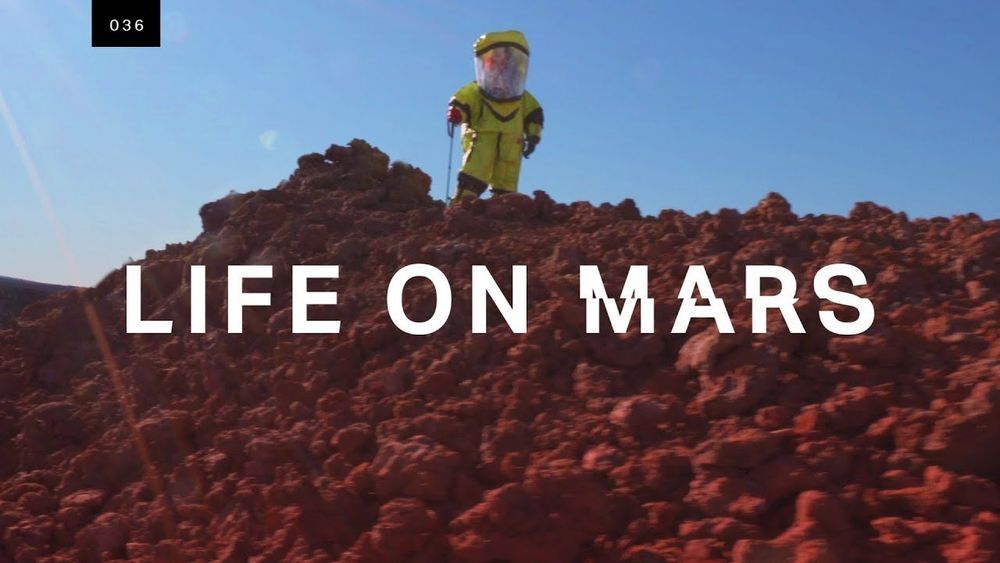In our current information society and digital media culture, the stories, images, voices and traces we leave behind, construct the narrative of who we are. Our identity has become synonymous with our online data. Digital media empowers us. However, its inescapable presence within our lives reveals potential for consequences beyond mortality. Our digital death is effusively about data. What if all your data was used to create a digital afterlife presence capable of generating communication in your style of speaking and thinking? For those of us actively participating within the digital realm this could soon be a reality flowing into mainstream society. The digital footprint we now obtain comes with concerns of privacy, power, remembering & forgetting. Constructing these affordances within a curation towards death, causes for more daunting concerns about our western societies and our roles within it. One must ask themselves, how do we construct our ways of remembering in this digital age, knowing our immortality could be reconstructed to live on forever?
Season 2, episode 1 of Black Mirror, ‘Be Right Back’ hauntingly confronts us with our worries about how to deal with the death of loved ones. The episode demonstrates a frontal onslaught on humanities fragility when it comes to dealing with death & the concepts of how we decide to remember. The episode showcases technology, able of creating artificial intelligence that sounds, talks and thinks like you would. Black Mirror, the dystopian Netflix series, offers up a future that is eerily close to ours. Its success comes mainly from showing us a sci-fi angle that borders reality. But much like the title suggests, the black mirrors we face each day, the screens and technology that rule our lives, cast back a reflection of us and our society that is not just ‘close’ but already here.








